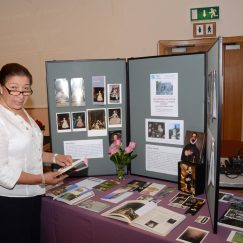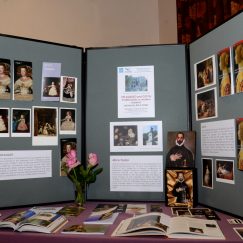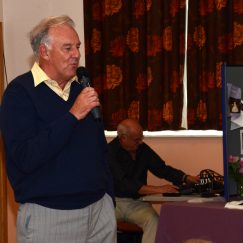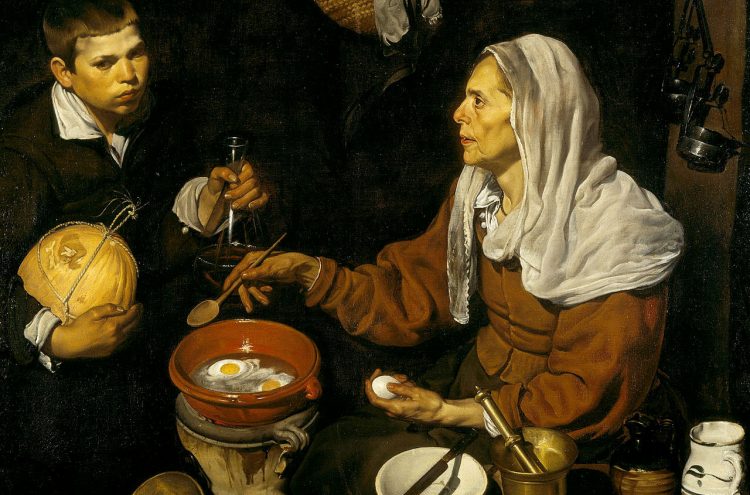
Velásquez and Goya: Traditionalists or Modern Masters?
Wednesday 1 October 2014 at 2.00 pm
Alice Foster
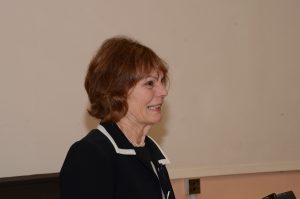 Alice Foster lectured for the University of Oxford Department of Continuing Education for 15 years and organises the History of Art module for a Summer Programme at Brasenose College, Oxford for American students. A frequent lecturer on the residential courses at Farncombe Estate in the Cotswolds, she has been a guest lecturer at the University of Bristol and New College, Oxford. Alice teaches History of Art courses in conjunction with the Oxfordshire Museum and with the Three Counties History of Art Society. She guides study holidays in Italy and has been a NADFAS lecturer since 2004.
Alice Foster lectured for the University of Oxford Department of Continuing Education for 15 years and organises the History of Art module for a Summer Programme at Brasenose College, Oxford for American students. A frequent lecturer on the residential courses at Farncombe Estate in the Cotswolds, she has been a guest lecturer at the University of Bristol and New College, Oxford. Alice teaches History of Art courses in conjunction with the Oxfordshire Museum and with the Three Counties History of Art Society. She guides study holidays in Italy and has been a NADFAS lecturer since 2004.
The reputation of Velásquez has long eclipsed the others who painted for the Hapsburg Court. Velásquez joined the court of Philip IV, who on the one hand had inherited a collection of immense value and, on the other, had enthusiastic artistic interests himself. Velásquez had the benefit of Rubens, Titian, Poussin to study in the royal collection and he was also allowed artistic freedom in his own compositions to find a modern idiom in his work. Goya had similar experiences in the Bourbon Court; both men accepted the traditions of the courts but also explored the ‘everyday’ and allowed ordinary experiences to filter into their subject choice. Both painters had a tremendous effect on the modern painters that followed, especially Edouard Manet in the nineteenth century Paris. Manet spotted in the work of the Spanish Masters something that the critics misunderstood in his – broad handling of paint, and the celebration of ordinary people.
The lecture notes leaflet can be downloaded here
Below are photos of this lecture
- Information boards
- Information boards
- Lecturer Alice Foster
- Vote of thanks from Gerry Corless
